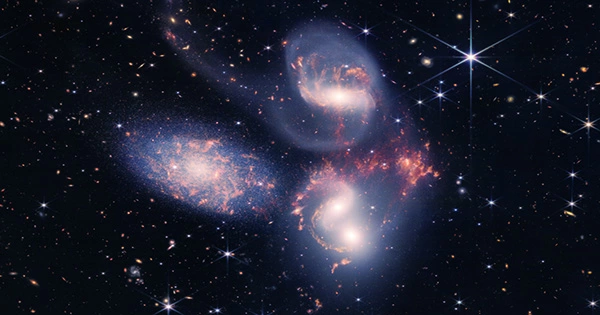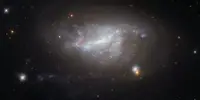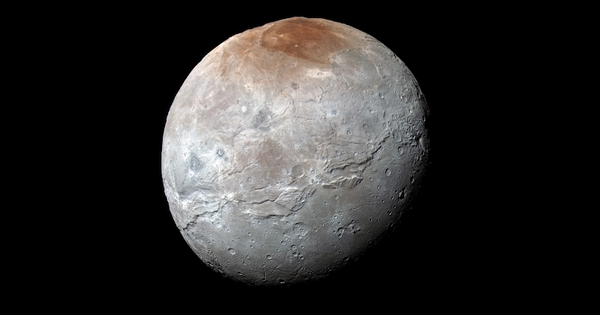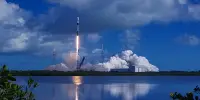The most recent studies of WASP-39 b, a far-off “hot Saturn” planet, by the James Webb Space Telescope (JWST) have discovered, among other things, that the planet contains sulfur dioxide.
The most recent readings, according to the Harvard Smithsonian Center for Astrophysics, provide “a comprehensive menu of atoms, molecules, and even hints of active chemistry and clouds,” whereas JWST and other space observatories have discovered the presence of isolated molecules on the planet.
“The findings show signals from a variety of distinct chemicals with extraordinary clarity. According to astronomer Mercedes López-Morales, “We had anticipated seeing many of those signals, but even so, I was in wonder when I first viewed the data. A number of recent studies that are available on the preprint server arXiv were influenced by Lopez-Morales, who works at the Harvard Smithsonian Centre for Astrophysics.
The most recent JWST data offer a clue about how the planet’s cloud may be made up of fragmented patches rather than forming a single, uniform blanket above the planet, in addition to aiding scientists in their understanding of the planet’s chemical makeup.
According to Natalie Batalha, an astronomer at the University of California, Santa Cruz, the scientists viewed WASP-39 b with a variety of equipment to obtain a “wide swath of the infrared spectrum and a panoply of chemical signatures inaccessible before JWST.”
The first finding of sulfur dioxide on an exoplanet is among the discoveries obtained with the help of the most recent observations. Similar to how the Earth’s ozone layer is created, the molecule is manufactured on the planet by chemical processes that are sparked by high-energy light from the planet’s parent star.
Sodium, potassium, and water vapour are a few more atmospheric elements that JWST has been able to identify. These results add new water features to those previously observed by ground- and space-based telescopes while also correlating earlier observations.
WASP-39 b is probably not livable, with temperatures that typically hover around 8,800 degrees Celsius and an atmosphere that is primarily composed of hydrogen. However, JWST’s most recent findings highlight how it can be used to look for possible signs of life on other planets in the universe.
















